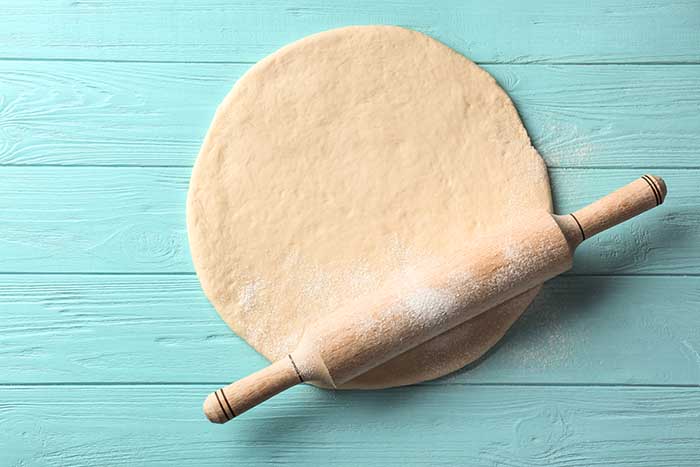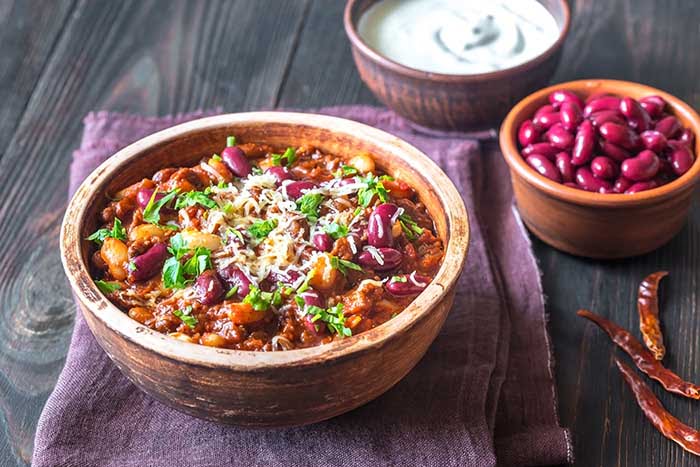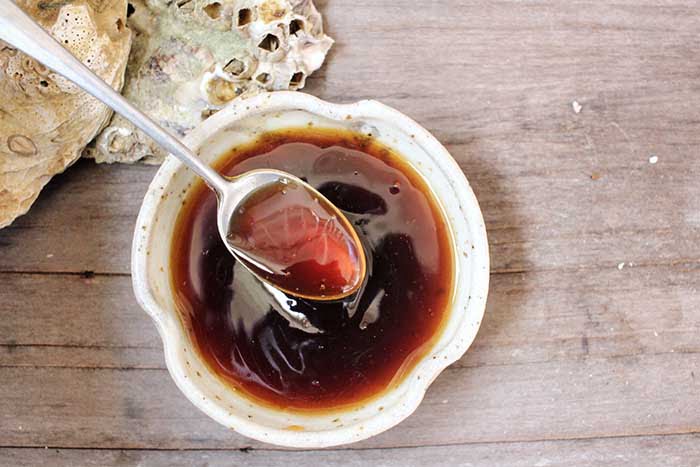The best water chestnut substitutes for stir fry, dim sum, or meatball recipes. From jicama to turnip, these easy ingredient alternatives will replicate the nutty-tart flavor you need.
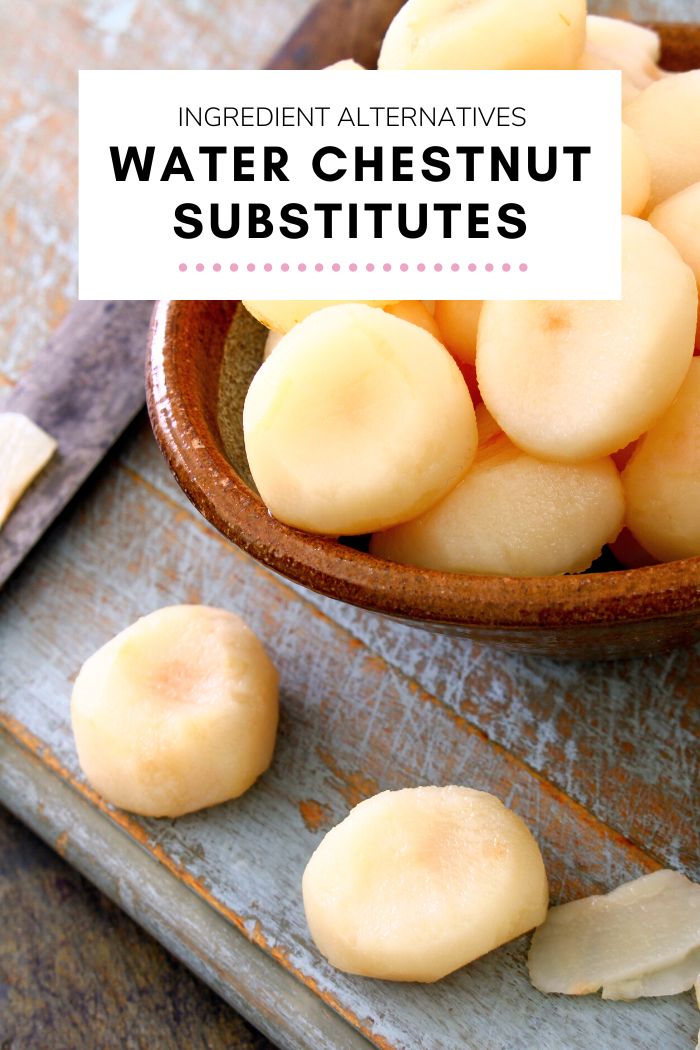
Water chestnuts are a vegetable commonly added to dishes for their nutty flavor and crunchy texture. Despite the name, water chestnuts are tubers grown while submerged in water, and they end up in many dishes and desserts in China, Korea, Japan, and other parts of Southeast Asia.
While water chestnuts don’t have a strong flavor on their own, they have a satisfying texture and crunch that makes them a welcome addition to stir-fries, soups, and dips. Removing water chestnuts from a recipe means missing out on an important textural element that elevates the overall dish.
The good news is that there are plenty of alternatives that provide similar health benefits while also adding a delicious crunch to your food!
The best substitutes for water chestnuts are bamboo shoots, celery, Jerusalem artichokes, jicama, pecans, and turnips. Each of these alternatives has a crunchy texture similar to water chestnuts when used cooked or raw.
For recipes that call for water chestnut flour, almond flour and hazelnut flour are the best substitutes to use. Both of these flours have a similar nutty flavor and have the benefit of being gluten-free.
Here are the best substitutes for water chestnuts and some info about how to best use each substitute.
Bamboo Shoots
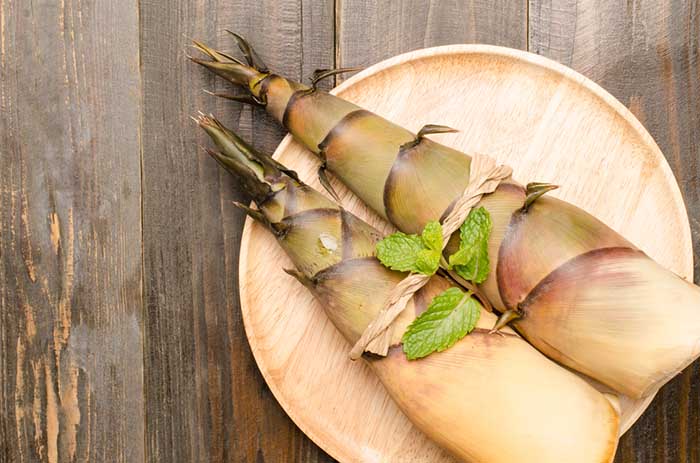
Bamboo shoots are the bamboo sprouts that appear when bamboo first begins to break through the earth. These shoots are softer than the stalks of bamboo they eventually turn into, making them a firm but edible shoot to use in cooking.
Because of their firm texture, bamboo shoots can replace water chestnuts in recipes where the water chestnuts add crunch or texture to the dish. Much like water chestnuts, bamboo shoots need to be cooked first, or they will add a strong, bitter flavor to your food. Cooking these bitters out of the bamboo shoots gives you a crunchy vegetable with a much milder taste.
If you use fresh bamboo shoots, you’ll want to cook them first in a sauce of your choice or simmer them in water until softened. Canned bamboo shoots will be pre-cooked, meaning you can add them directly to your dish without cooking them, unless you want to infuse more flavor into them first.
Celery
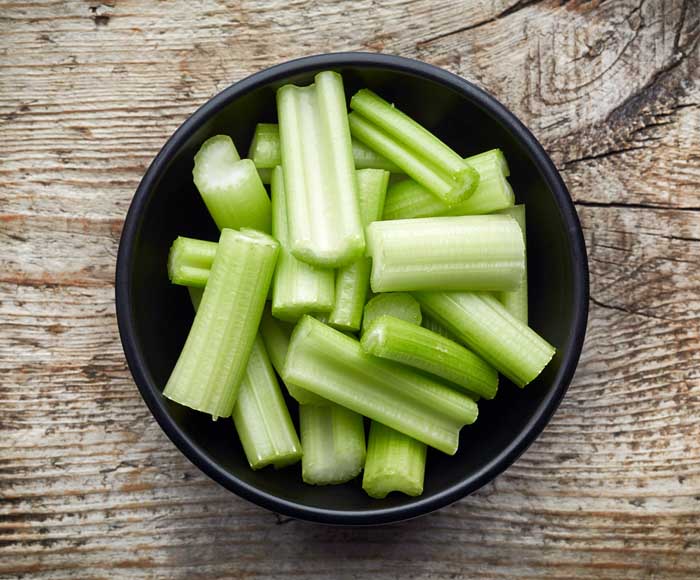
Celery stalks aren’t the best substitute for water chestnuts, but they are available at most grocery stores. Celery stalks are the fibrous stem of the celery plant that contains a large amount of water. The fiber inside the stalk is what gives the plant its firm structure. Its texture is similar to that of water chestnuts.
However, celery’s flavor isn’t a close match to that of water chestnuts. It has a stronger and more distinct taste compared to canned water chestnuts. If you use celery as an alternative, you’ll need to add other ingredients to give the dish the same flavor profile.
You can use celery either cooked or uncooked. Ensure that you clean the stalks of any leftover dirt first. Cooking your celery first will remove a lot of the stalk’s structure, decreasing the amount of crunch the celery adds to your dish.
Jerusalem Artichokes
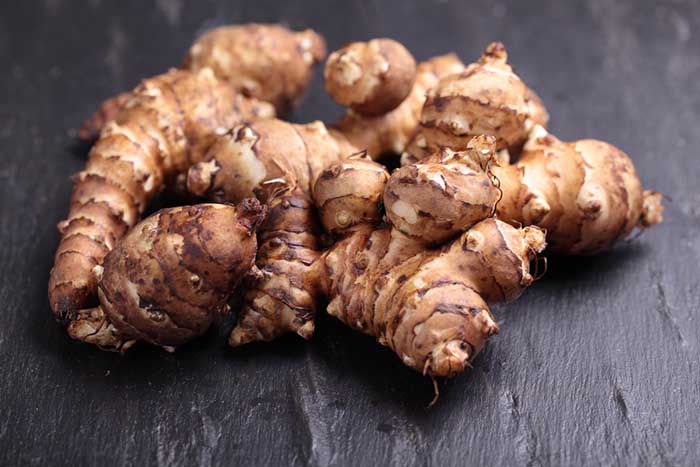
Despite their name, Jerusalem artichokes aren’t related to the standard artichoke. Also called sunchokes, these relatives to sunflowers grow underground and have a flavor similar to an artichoke heart, hence the name.
These vegetables are one of the better substitutes for water chestnuts due to their similarity in flavor and texture. You can use Jerusalem artichokes cooked or uncooked.
The best way to prepare these vegetables is by first peeling the exterior skin. This skin is an inedible, bitter fiber that cannot be broken down by your digestive system. From there, you can cook these as you would a water chestnut, using them at a one-to-one ratio in recipes.
Jicama
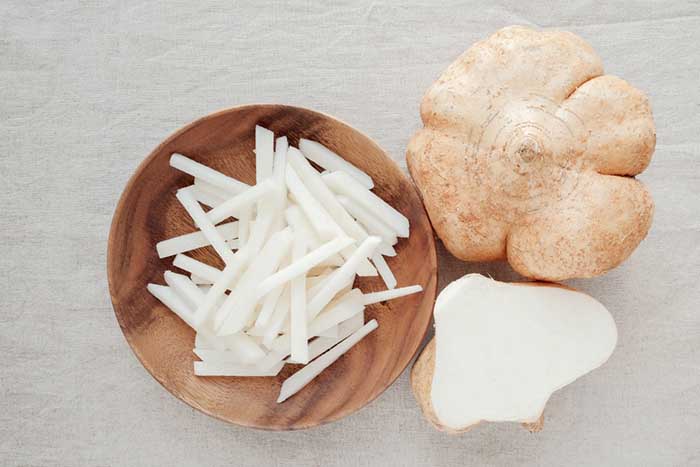
Another root vegetable you can use to replace water chestnuts is jicama. This tuber is famous for having a sweet flavor and crunchy texture, meaning that it matches up to water chestnuts in mouthfeel.
Jicama has a sweetness reminiscent of fresh water chestnuts. Additionally, jicama is a good alternative to water chestnuts for those that have diabetes or insulin-resistant conditions, as jicama adds fewer carbs to a dish than water chestnuts.
When using fresh jicama, you will need to peel the root first. From there, feel free to slice the jicama to your desired size and shape. The root can be used either cooked or raw, depending on how crunchy you want the jicama to be.
You can keep jicama fresh for longer by submerging the sliced pieces in a mixture of water and lemon juice. The acid of the lemon juices prevents the few sugars in the vegetable from oxidizing and turning brown.
Pecans
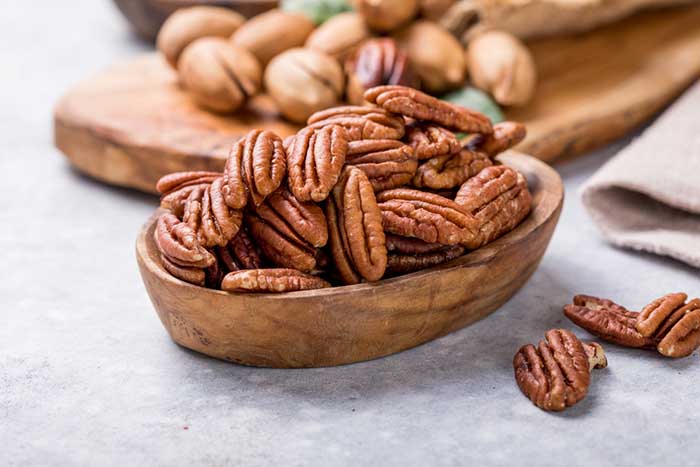
Some Asian desserts call for water chestnut as a crispy topping or mix-in. When it comes to nut substitutes, pecans are the closest in flavor and texture.
Pecans come from pecan trees, which produce the nut as its seed. Pecans don’t have the same nutritional content as water chestnuts despite the similarities in flavor. Pecans have higher amounts of fat and fiber than water chestnuts, while water chestnuts have higher concentrations of specific vitamins and minerals like potassium and riboflavin.
Since many dessert recipes that call for water chestnut use raw water chestnut, you can substitute pecans one-to-one to achieve a similar taste and texture.
Turnips

Turnips are often associated with vegetables like potatoes and carrots. However, this root vegetable is a great substitute for water chestnut thanks to their similarity in flavor and texture and their wide availability in grocery stores.
Turnips no longer than three inches tend to be better for replacing water chestnuts. Larger turnips generally have a bitter aftertaste and a flavor similar to black pepper. Small turnips don’t have the same amount of bitters, giving them a milder flavor.
When using turnips, cooking them slightly in water or oil tends to be the best way to go. The heat and liquid help break down the starch, giving the turnip a texture similar to a water chestnut after a few minutes of cooking. You can use that cooking time to infuse other flavors into the turnips as well.
Daikon
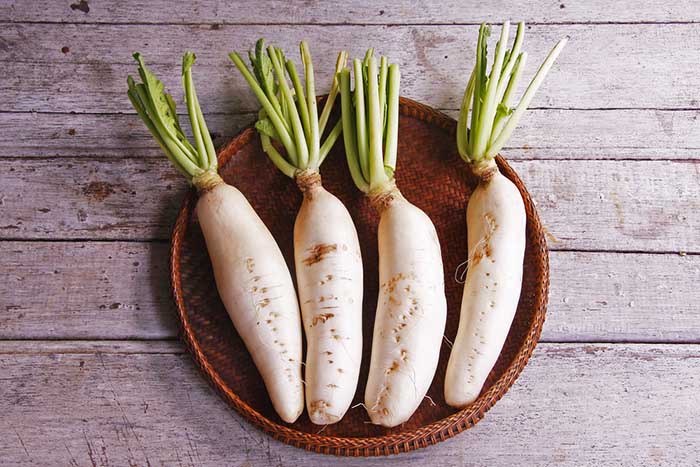
Daikon, also known as winter radish, is a popular root vegetable in Asian cuisine that can be found worldwide. Daikon has a mild, sweet flavor and can be eaten raw or cooked. Similar to water chestnuts, daikon is primarily made up of water.
Daikon has a different flavor depending on which part of the vegetable you use. The part closest to the root tends to be more peppery, while the upper portion near the leaves is sweeter and crunchier.
Fresh daikon is a good substitute for water chestnuts in savory recipes such as stir-fries and soups. By cooking it lightly and using the upper portion, you can preserve the vegetable’s crunchy texture. When using daikon to substitute water chestnut, you’ll want to peel the skin first.
Almond Flour
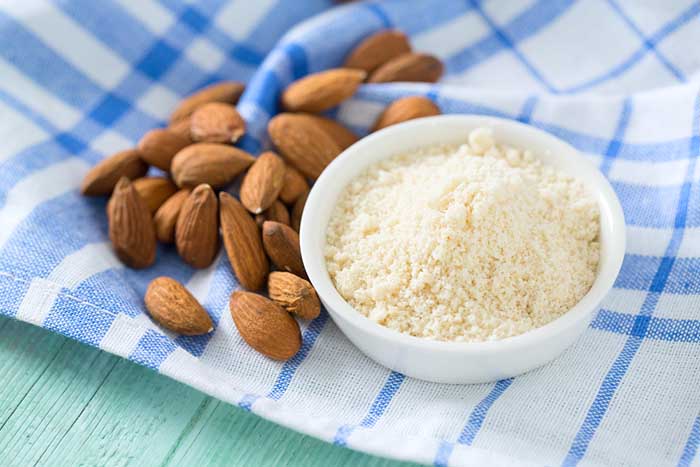
Sometimes, you might see water chestnut flour called for in traditional Asian desserts. This flour is hard to find outside of Asian markets, meaning that a substitute like almond flour might be needed to attempt the dessert.
Almond flour refers to a finely ground batch of blanched almonds without the skin. This almond powder can mimic the qualities of other flours while adding a nutty flavor to the dessert thanks to the natural flavor of almonds.
Since water chestnut flour has a nutty taste, using almond flour replicates both the fine texture of water chestnut flour and the natural flavor at the same time. You can also use almond flour in the same quantity you would with water chestnut flour, making the conversion easy.
Some other benefits to using almond flour as an alternative are its gluten-free qualities and availability. Many baking flours in the West use wheat, which doesn’t replicate the flavor of water chestnut flavor and adds gluten to the dessert, throwing off the texture once it bakes. You can find almond flour in many grocery stores.
Hazelnut Flour
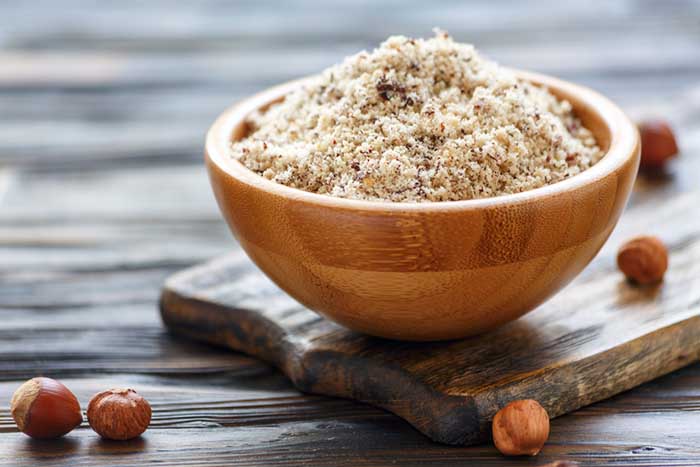
Another alternative to water chestnut flour is hazelnut flour. Much like almond flour, hazelnut flour mimics the flavor of water chestnut flour without changing too much of the original recipe.
Hazelnut flour comes from finely blending roasted hazelnuts into a powder. After removing the roasted exterior of the hazelnut, bakers blend the nuts into an off-white powder. The flour maintains the nutty flavor of the hazelnut and can be used much like regular flour.
The main difference with substituting hazelnut flour is that it doesn’t have the grainy texture almond and water chestnut flour can have. Hazelnuts don’t have the same carbohydrate structure as these other flour sources, so don’t expect the same texture in your dessert when using hazelnut flour.
Hazelnut flour also doesn’t have the same popularity as almond flour, so fewer grocery stores carry it on average.
Otherwise, hazelnut flour works just like water chestnut flour. You can use this alternative one-to-one in your recipes.

